All one has to do is take one look at an electric guitar and bass and you’ll immediately notice the many similarities between them, including their size, the headstock, the neck, how the vibrations are amplified via the pickups, and the list goes on.
An interesting thing about the bass guitar is that it’s actually based on the double bass, which, at the time was going out of style because the electric guitar had just been invented and was growing in popularity. Still, even a double bass and guitar are somewhat similar. Consequently, people usually wonder if guitarists can play bass and vice versa.
Guitarists can play bass because their structures are very similar. Both are stringed instruments and can be played with a pick. In fact, guitarists commonly fill in for bassists. However, the way a student approaches them will differ because they often perform separate musical functions.
Before we dive into the way in which the two instruments are different from each other, and the way they should be approached differently, we’re going to talk about some of the similarities that make the transition from one to the other fairly easy.
What Are The Similarities Between Bass and Electric Guitar
1) The Fret and String System
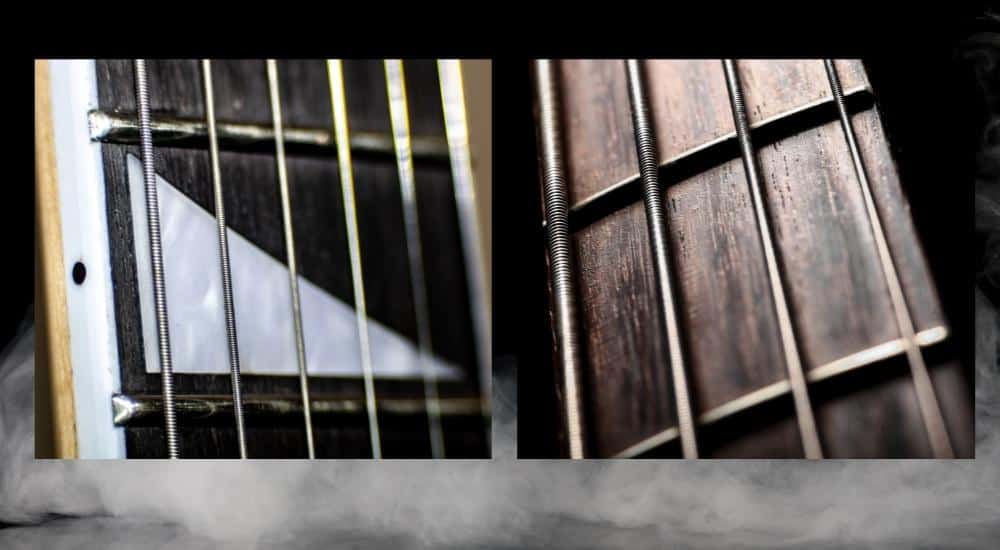
It’s not hard to imagine that the 4-string bass and 6-string electric are quite similar to each other. All you have to do is take a look at both of them to see what I mean. They look and feel quite similar, and they both use the strings/fret system.
If you’re used to playing the guitar by fretting with one hand and picking with the other, this is the same way you would play the bass as well.
For that reason, transferring from one instrument to the other is obviously going to be a lot easier than making the switch from the guitar to the piano.
2) The Same Equipment Can Be Used (With Some Exceptions)
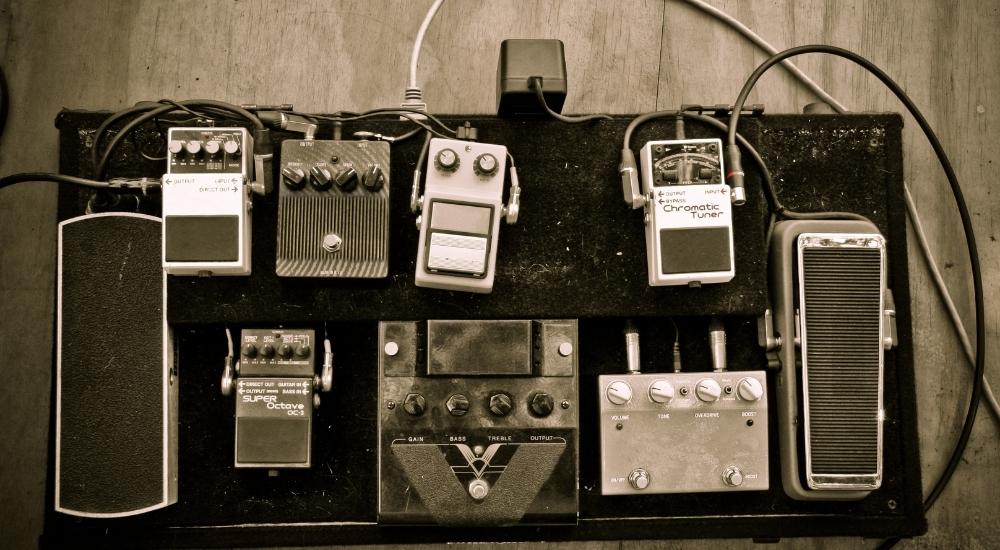
You can use the same guitar pedals (including overdrive – my guide), amplifiers, and effects units with the guitar as you can for the bass, with a few different exceptions.
Truthfully, a guitar amplifier isn’t necessarily made for a bass guitar, but you can make it work, which is something I already explored in my article at this link here.
Moreover, many of the effects pedals that you use with a guitar can also be used for the bass, including wah-wah, delay, reverb, distortion, chorus, a flanger, etc (more on guitar pedal functions in my guide).
My favourites to use are the MXR Clone Looper, the Boss TU-2 tuner, and the Dyna Comp Compressor from MXR.
3) The Electronics Structure Is The Same
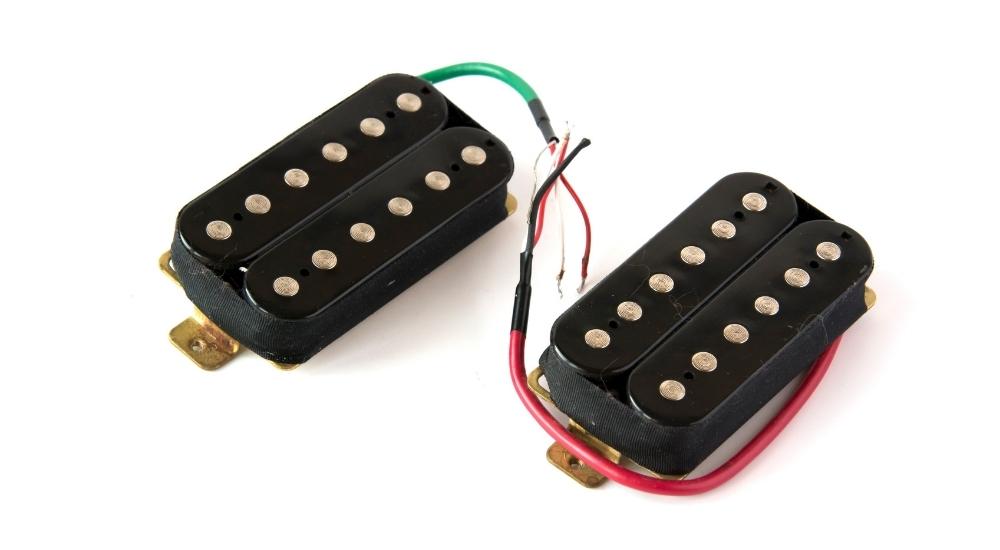
By this, I mean that the guitar and bass guitar use the same sort of electronics. For instance, you have to use a cable to connect your guitar to an amplifier, and the same thing can be said for also amping up a bass guitar.
Additionally, both instruments use pick-ups, which means that the electronic pick-ups communicate the string’s vibrations through the amplifier.
They often share similar knobs as well, including the tone and volume knob, and in some cases, the bass guitar can be switched from the bridge to the neck pickup.
With that said, however, the differences between the two types of pick-ups on the bass guitar are far less pronounced on the bass guitar in comparison to the 6-string, but we’ll talk more about that in a minute.
4) Applying Musical Standard Notation Is Similar
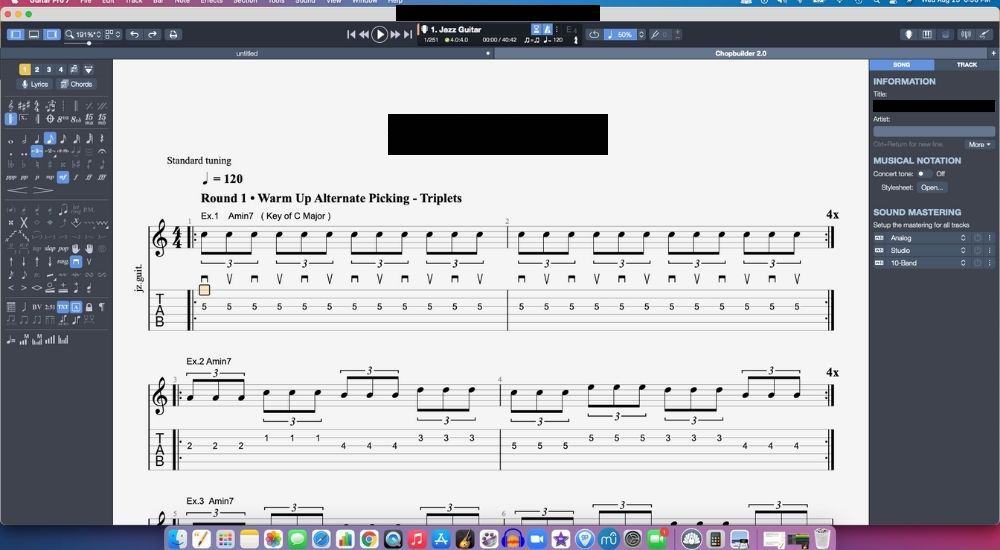
The guitar uses the treble clef for the most part, whereas the bass guitar uses the bass clef. If you can read music and play it on the guitar, then it’s not going to take you a long time to do the very same thing on the bass guitar.
Guitar Pro 8 (learn more on my Product Page) is what’s in the image above and this incredibly useful software is great for both the guitar and bass. It’s great as a practice and as a notation tool.
5) Many of the Playing Techniques are Similar
In other words, if you know how to do vibrato, bend, a hammer-on and hammer-off (also known as slurs), slides, glissandos, tapping, and arpeggios on the guitar, there is a good chance you’ll also be able to play these on the bass guitar.
However, due to the extended length of the bass guitar’s neck, as well as the thickness of the string, it’s probably going to take some time to get used to.
Additionally, one of the more common usages of the bass guitar is the slapping/popping technique.
This is something that can actually be practiced on the regular guitar as well, although, it’s definitely not as common as playing the bass guitar in this way. Guthrie Govan does a cool demonstration in the video shown above.
6) The Set-Up for Both Instruments is Similar
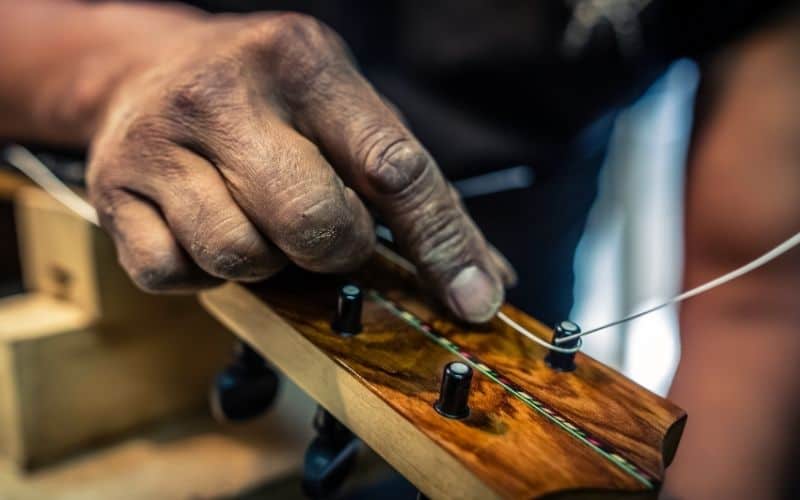
Stringing up a guitar is the same as for the bass guitar. You have your tuning knobs, posts, frets, bridge, nut, and neck. If you know how to string up a guitar, you also know how to do it on a bass guitar.
The same thing applies to using a capo, by the way (my guide on that). Some of the other similarities include making truss rod adjustments and adjusting the action at the bridge.
Furthermore, we also adjust the intonation in the same way as well, and the method for tuning the two instruments is the same too.
Now that we’ve explored some of the similarities between the bass and electric guitar, let’s explore some of the differences, including how you should think about the one in comparison to the other.
What Are The Differences Between Bass and Electric Guitar
1) Size of the Instrument
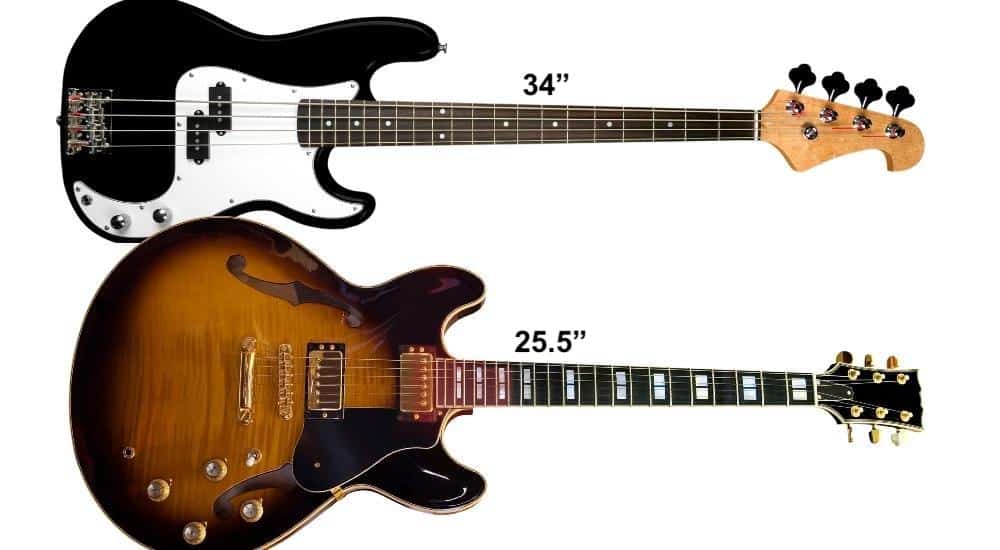
The bass guitar tends to be quite a bit longer, especially the neck of the instrument, due to the fact the strings are much thicker and the pitch tends to be around one octave lower.
The neck must be extended in order for the strings to be able to be adjusted to the appropriate pitch. The average guitar, for example, has a 25.5″ neck, and a bass guitar has a 34″ neck on average.
Even the knobs on the bass guitar tend to be much bigger, primarily the tuning knobs for adjusting the pitch of each string. A result of this is that the strings must also be longer and bigger because they have to vibrate at a lower pitch to produce bass frequencies.
2) The Strings are Much Thicker
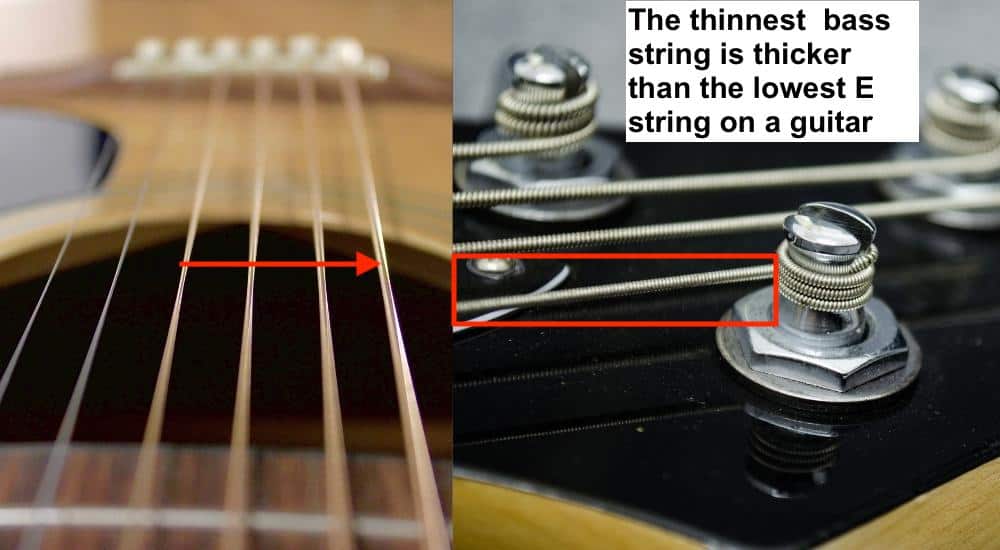
Bass guitar strings, due to the fact the pitch of the instrument is usually around one octave lower, are much thicker.
For that reason, it’s going to take some time to get used to playing much heavier strings, including the necessary pressure to fret the note, the difficulty of bending, vibrato, arpeggios, and so on and so forth.
3) Bass Amplifiers are Different
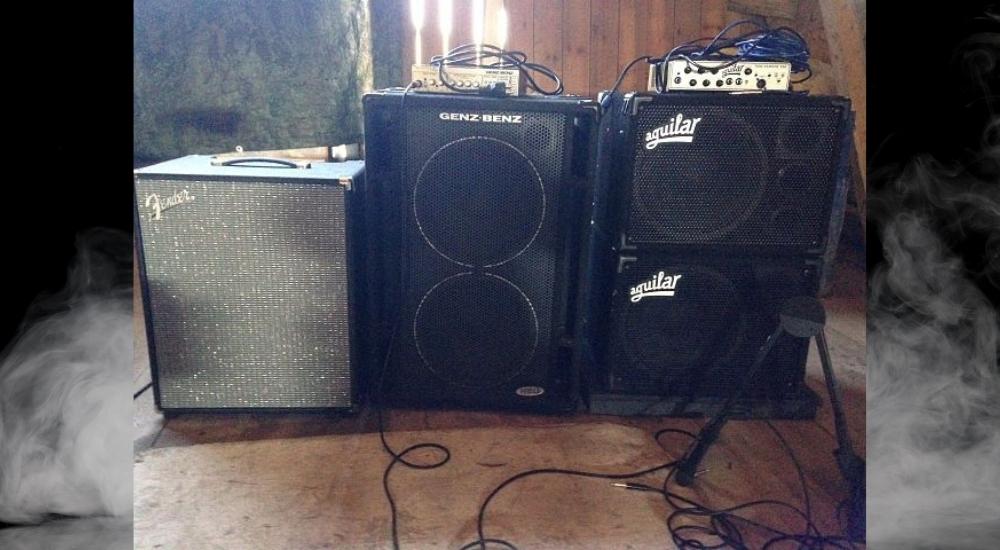
As I’ve written in my guide on this very topic, even though you can certainly play the bass guitar through a guitar amplifier, it’s certainly not optimal.
Bass guitar amplifiers tend to be far more powerful due to the fact the amp needs more wattage to move the air to create the sounds (my guide on this).
The speakers tend to be much larger as well, and the EQ optimization of the amplifier is different, due to the fact that bass guitars are lower on the EQ spectrum in comparison to the guitar. Make sure to check out the article I linked above to read more about this.
4) Finger Picking Versus Using A Pick
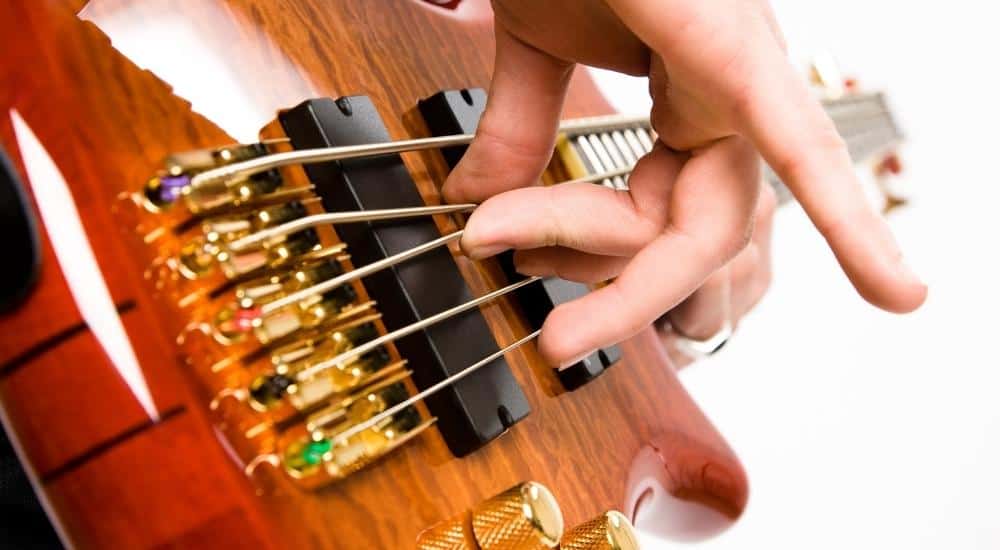
This one is more optional, in the sense that you don’t have to use your fingers to play the bass, although, many people such as Flea, from Red Hot Chili Peppers, play the bass using their fingers.
Robert Trujillo from Suicidal Tendencies and Metallica also use his fingers as well, as did Cliff Burton, the original bassist from the band. It’s really up to the individual player to decide whether or not they use a pick.

Some people would argue that playing using your fingers is a lot better, due to the fact it’s more foundationally consistent with how one should approach the bass.
In other words, using your fingers, forces you into a slightly different mindset for approaching the instrument, that is, pushing the player toward focusing solely on what’s necessary and the most important.
The bass is more for rhythm sections, whereas the guitar can be used for both rhythm and lead melodies (more on what lead actually is in my guide).
Explained in another way, when playing the bass guitar using your fingers, you’re more inclined to play the notes that are the most foundational to the music, like the backbone of the song, the rhythm section of the song.
5) Plucking the String versus Pushing the String
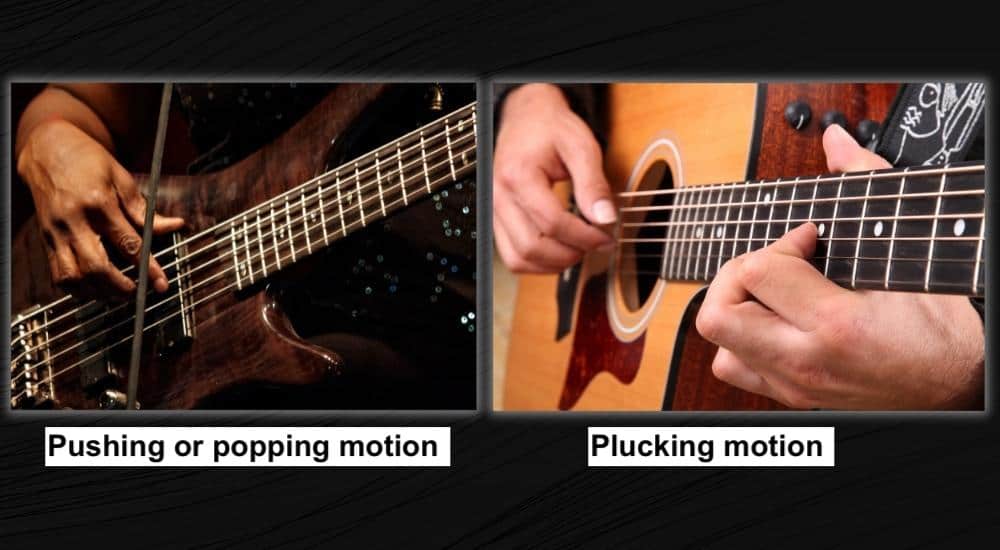
When guitarists play, they think of hitting the strings as more of a “plucking” motion, whereas bass guitarists think of playing the instrument as more like “pushing.”
For instance, you push the string backward with your finger so it ends up resting on the string just above it.
It’s called a “Rest Stroke,” in comparison to a fingerstyle 6-string guitarist, where it’s called a “Free Stroke,” because your fingers don’t rest on the string after you pluck the string, they simply hover around the other strings until you need to hit the next note.
There is a difference between how the free stroke and the rest stroke sound, with the rest stroke sounding a lot more “thumpy,” and therefore a lot more like a bass guitar.
6) Bassists Often Work in Conjunction With the Kick Drum
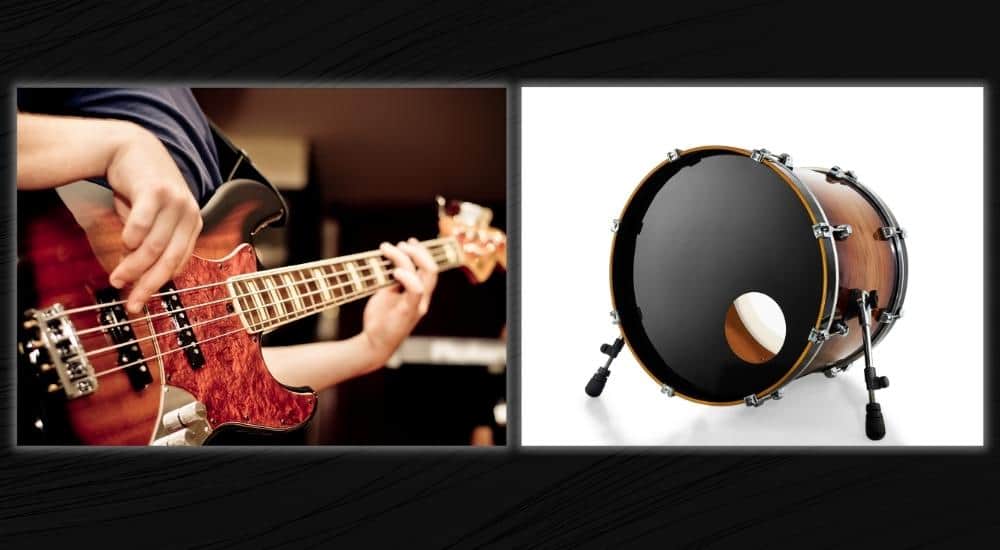
Whereas guitarists are typically playing more of a melodic role which is not necessarily directly related to the drum/rhythm section, the relationship between the drummer and bass is more crucial, with bassists often being taught to always pay attention to the timing of the kick drum.
The bass guitar and kick drum go hand-in-hand together, and this applies not only to rock/jazz/funk and metal but also for hip-hop. For instance, if you’re a hip-hop producer, you know that the bass (the 808s) are often created in conjunction with the kick drum.
In fact, oftentimes the kick and the 808s play at the exact same time as each other, and the relationship between these two instruments/sounds is one of the more crucial aspects of hip-hop production.
For that reason, hip-hop producers often spend hours EQing the bass and kick drum together so they sound as cohesive as possible.
7) Bass Guitar Frequencies Lie Between 50Hz and 200Hz
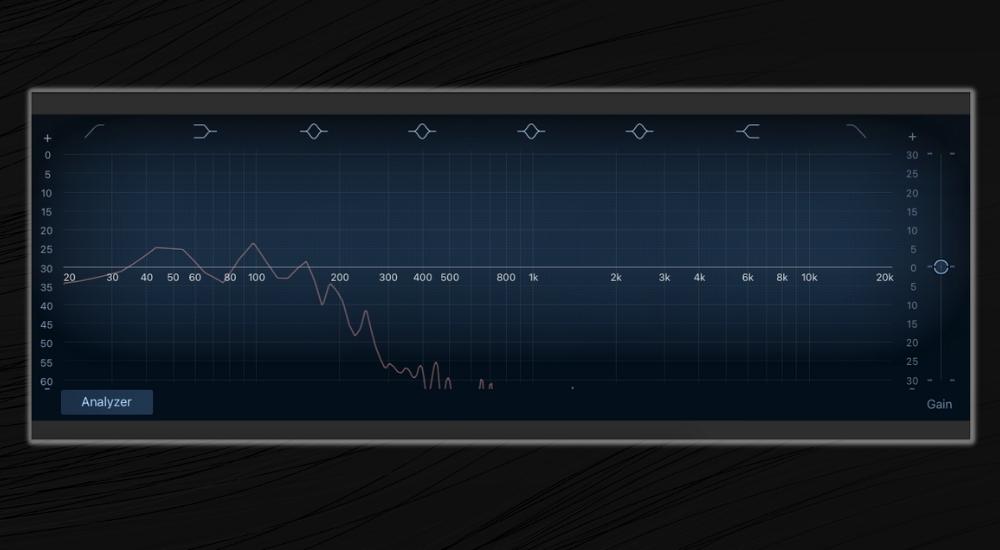
Bass guitar frequencies usually lie between 50Hz to 200Hz, whereas on the guitar, it’s more like from 100Hz all the way until 6000kHz, with perhaps the majority of the guitar’s frequencies being between 1000kHz and 4000kHz.
Because of these differences in frequencies, the two instruments are mixed way differently.
Although, obviously this depends on what notes you’re playing as well. For instance, the image above is a bass guitar where the notes are being played in the first position, not higher up on the neck.

Other Articles You May Be Interested In
- Guitar Picks Vs. Mandolin Picks [What You Need To Know]
- Can You Use A Guitar Compressor For A Bass Guitar?
- Is Bass Guitar Hard To Learn?
- How To Add Bass Guitar To A Song
- Can Bass Guitars Play Melodies?
YouTube Video Tutorial
Conclusion
In conclusion, while there are a lot of similarities between the bass and electric guitar, there are many differences as well, especially in terms of how you should approach one in comparison to the other.
However, due to the fact the two instruments are very similar for the most part, it shouldn’t take that long for a guitar player to really pick up on these key differences, understand them, and then use them to their benefit to become a more well-rounded and knowledgable musician.
The same thing can be said if you decide to learn the banjo which is another stringed instrument I’ve talked about before.

 Written By :
Written By :
